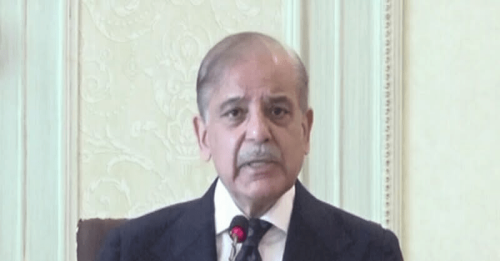A relic of British colonial rule, the Rawalpindi Railway Station is a majestic sight nestled within its old Saddar neighbourhood.
Built in 1881, the building has been modified some, and continues to serve its purpose. The railway track was laid by the British in the northern areas, and became a boundary of the city and cantonment. Since it was built, the station has been visited by foreign and national dignitaries – including Afghanistan’s King Amanullah Khan, when he travelled from Landi Kotal to meet with the British viceroy in 1919.
The king had come to sign a peace treaty between Afghanistan and colonial forces after World War II to recognise Afghanistan as an independent country.
Photos by the British authorities at the time, featuring the king arriving in Rawalpindi via train, are also part of the Pakistan Railways archive at the divisional headquarters.
Political leaders such as Liaquat Ali Khan, Fatima Jinnah, Ayub Khan and Zulfikar Ali Bhutto and Benazir Bhutto have arrived and departed from the Rawalpindi Railway Station.
In 1965, Fatima Jinnah’s Freedom Special train stopped in Rawalpindi, and in 1989, Benazir Bhutto led a train rally from Karachi to Rawalpindi for her election campaign.

More recently, former prime minister Mir Zafarullah Khan Jamali opted to return to Quetta by train from the Rawalpindi station after resigning from office in 2004.
Once a key landmark of the city, the railway station building is divided into three parts – passenger rooms, a freight section and main offices. The Railways Club building and the police station are adjacent to the main building.
The building is constructed in the Anglo-Indian style, with brick and sandstone fixed to the outer walls. There are three gates to the building - for passengers, goods and VVIPs. Vendors selling books, snacks and tea dot the area.
Wood and steel pedestrian bridges connect the platforms, and the old clock, bell and kerosene lamps speak of the building’s past. In a particularly nostalgic touch, the bell still rings to announce the arrival and departure of a train.
Although the waiting rooms have been refurbished, the structure reminds the same, and the resting rooms are also reminiscent of the facilities available at the station more than 136 years ago. The rooms could be rented for a day by a family travelling towards Khyber Pakhtunkhwa or Delhi.
The station master said new rooms have been added, and the facility is still available for people who want to change trains or go to Murree or the northern areas from Rawalpindi after a short stay.
The VVIP gate, however, largely remains shut as parliamentarians, politicians and other dignitaries turn to air travel instead.
Pakistan Railways Divisional Superintendent Abdul Malick said most people used to travel by train before 2000, “but things have changed, and they prefer to go via airplane to save time”.
He added that President Mamnoon Hussain arrived in Rawalpindi by train from Lahore last month.

Mr Malick said Pakistan Railways was working on refurbishing stations in big cities, and would begin doing so soon. He added that the old structure of the stations would be preserved, while new facilities are added for passengers.
He said new rooms are being constructed to manage the Rawalpindi-Kohat train, and freight service rooms would also be refurbished.
Published in Dawn, September 17th, 2017














































Dear visitor, the comments section is undergoing an overhaul and will return soon.